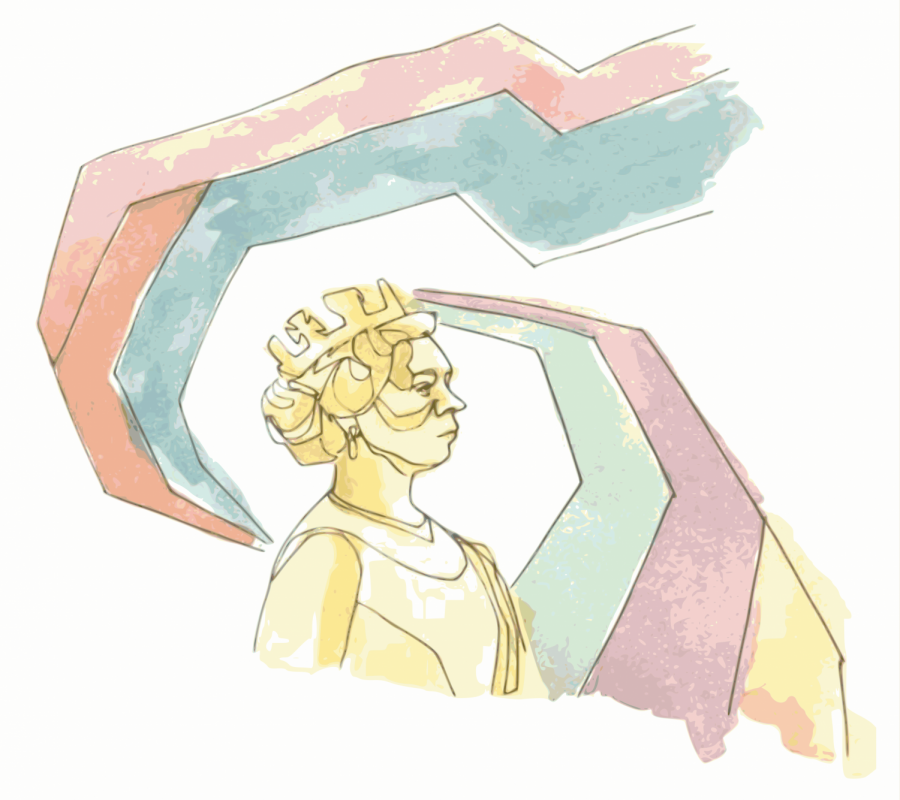“The Crown”: A Royal Success
Monarchy is Vulnerable in Season Three
Season three of “The Crown” is now streaming on Netflix.
January 2, 2020
Rating: 5/5 Falcons
Netflix turned out another strong season of The Crown on November 17th, despite fears that this one would pale in comparison to standout seasons one and two. Major casting shifts were made to honor the passage of time and the aging of Queen Elizabeth and Philip, Duke of Edinburgh. Olivia Coleman (who recently won an Oscar for her leading role in The Favourite) assumed the role of the Queen, who was formerly portrayed by Claire Foy. The Duke, formerly played by Matt Smith, was replaced by Tobias Menzies. Another notable new cast member is Helena Bonham Carter, who now plays the Queen’s sister, Princess Margaret. Regardless of your opinions on the royal family, The Crown is a story in itself. It is a tale told through deft cinematography and exquisitely nuanced acting.
Seasons one and two of The Crown offered insight into the lives of the British royal family, illuminating their humanity despite their lofty status. I found myself almost pitying the Queen as I grew to understand her side of the story—the pressure, the huge responsibility forced on an ordinary woman born into a profoundly extraordinary family. Season three changes this tone, showing more of the Queen’s faults and her coldness; portraying her as hardened by her years as sovereign. While this shift was surprising, I think it adds intrigue to the show, especially since this change of tone mirrors the sentiment of the British public at the time.
Another interesting shift lies in the focus of the episodes. Seasons one and two were more exclusively focused on Queen Elizabeth, but many episodes of this third season explore other members of the royal family, or specific events that happened in the 1960’s, such as the moon landing, and how the House of Windsor responded (or didn’t respond) to such events. The Queen’s older children, Princess Anne and Prince Charles, hold much larger roles, as does Philip’s mother, Princess Alice. This shift is surprising, but refreshing. If the show continued to highlight the Queen, it would have lost its appeal. Not only did the tone of the show shift towards illuminating more cracks in the foundation of the House of Windsor, but its focal point was expanded.
Although The Crown isn’t a show that appeals to many high schoolers and is definitely categorized as a “mom show,” it is an important watch because it offers context to current global issues, and does so through the lens of an aging woman in an institution which is increasingly seen as outdated. There are very few shows with a middle-aged female protagonist, which speaks to the loss of respect towards people, but especially women, as they age. The Crown does not glorify aging for people or institutions but instead continues to beautifully examine the bloom and decay of individuals who, because of the duty placed upon them, are often seen as above humanity but who, in reality, are as human as any of us.
This piece also appears in our December 2019 print edition.











